12 Underrated Places to Visit in November

Searching for the best places to visit in November? Well, you are in the right place! I’ve always thought November was one of the easiest times to travel (except over Thanksgiving week when the airports are super busy).
I've found that the first two and a half weeks in November are especially great if you want to cash in those hard-earned airline miles. After years of exploring from coast to coast, I’ve discovered some truly special spots, from quaint small towns to breathtaking national parks. I hope you’ll enjoy them too.
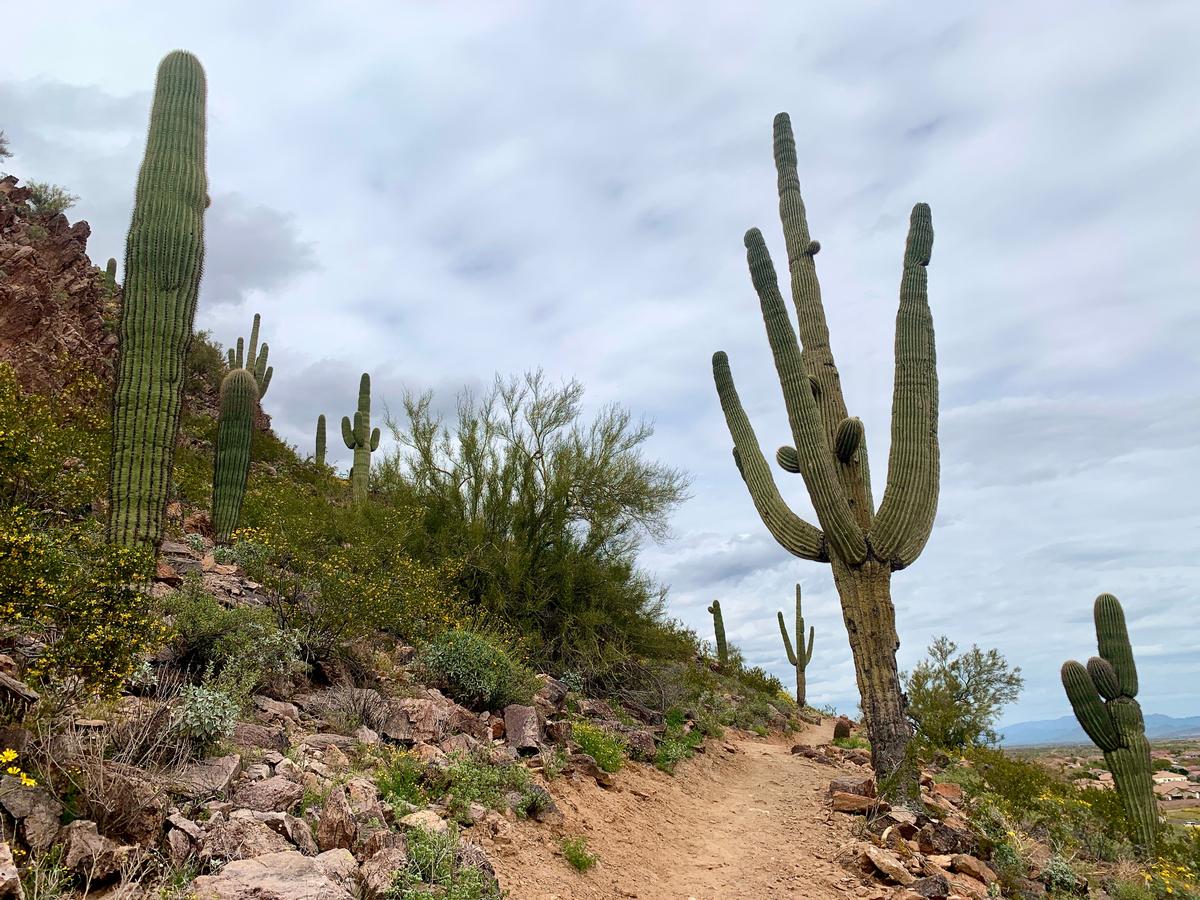
1. Peoria, AZ
We absolutely love Peoria, and have been many times. What I love most about visiting this place in November is how peaceful the Sonoran Desert becomes! I found Peoria to be a hidden gem of the American Southwest with a perfect balance of outdoor adventure, arts, and modern amenities. The weather was pleasantly mild this month, with daytime highs perfect for strolling and cool evenings ideal for cozy dinners.
I arrived via Phoenix Sky Harbor International Airport (just a 40-minute drive away) and stayed for three very sunny days. Accommodation deals were plentiful thanks to it being shoulder season just before the Thanksgiving vacation rush. Staying at the cozy, contemporary Cibola Vista Resort & Spa for three days was a personal highlight for me... I loved the Southwestern-inspired design, the adobe-style architecture, warm earth-tone décor, massage services, and the relaxing outdoor hot tubs under the stars!
During my stay, I hiked through the scenic Westwing Mountain Preserve with its desert wildflowers, enjoyed the view at Lake Pleasant, and ended my evenings strolling through Old Town Peoria with its charming eateries, murals, and historic sites.
- Location: Southwestern United States
- Average temperature: 50°F – 73°F (10°C – 23°C)
- Map
What I loved best:
Peoria Cafe was my favorite spot for breakfast and packed lunch which I ate on the trail later.
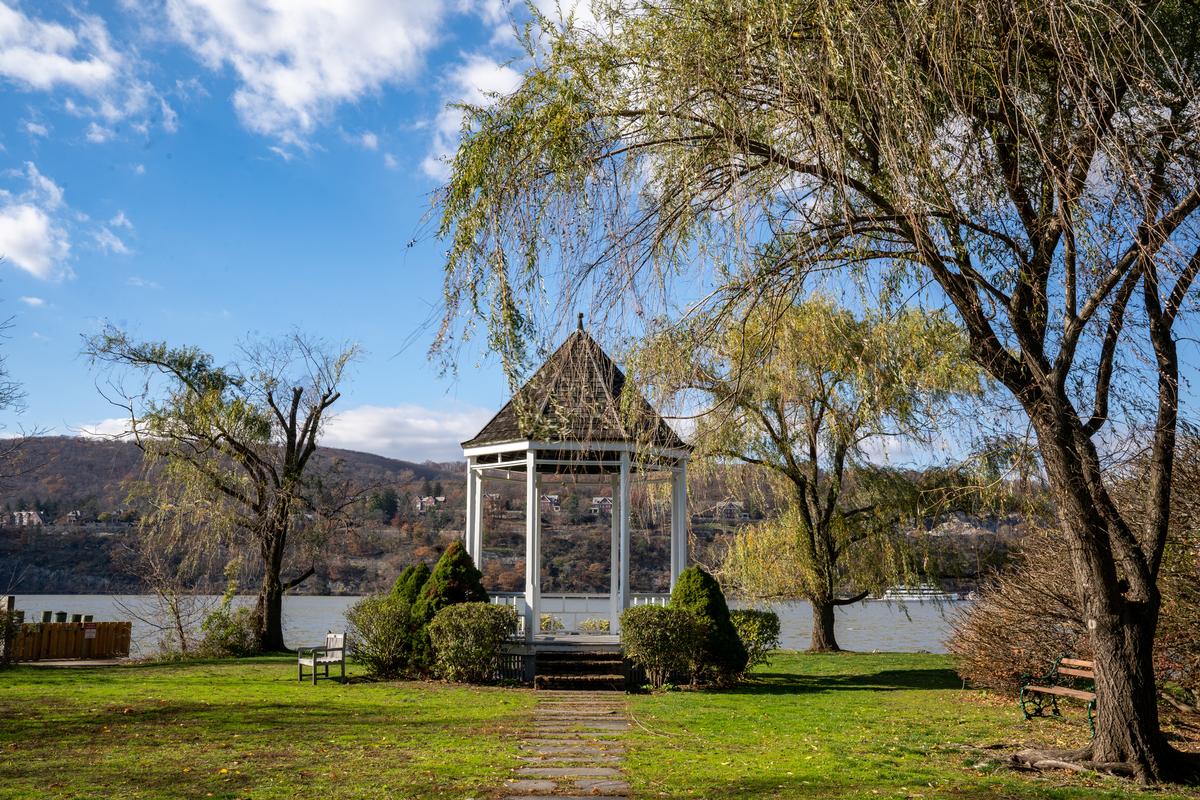
2. Garrison, NY
I thought that this was one of the best places to visit in November when I moved to New York. I love seeing the Hudson Valley go through that magical transition from autumn to winter. The air was crisp, the last of the golden leaves were still clinging to the trees, and while ski season hadn’t fully arrived, the nearby slopes and outdoor adventures were beginning to stir for the season.
I took the Metro-North Hudson Line from Manhattan's Grand Central ($15–$20 one way on), a journey that felt like part of the trip itself, with sweeping riverfront views along the ride.
I spent my time on the tranquil trails at Manitou Point Preserve for 2 hours, wandering around the peaceful grounds of Boscobel House and Gardens, visiting Manitoga/The Russel Wright Design Center, and enjoying a riverside stroll with dramatic views of the Hudson Highlands.
- Location: Hudson Valley, New York
- Average temperature: 34°F – 50°F (1°C – 10°C)
- Map
What I loved best:
Early dinner at Dolly's Restaurant near the train station before returning to NYC was a highlight because I worked up quite an appetite while exploring Garrison.
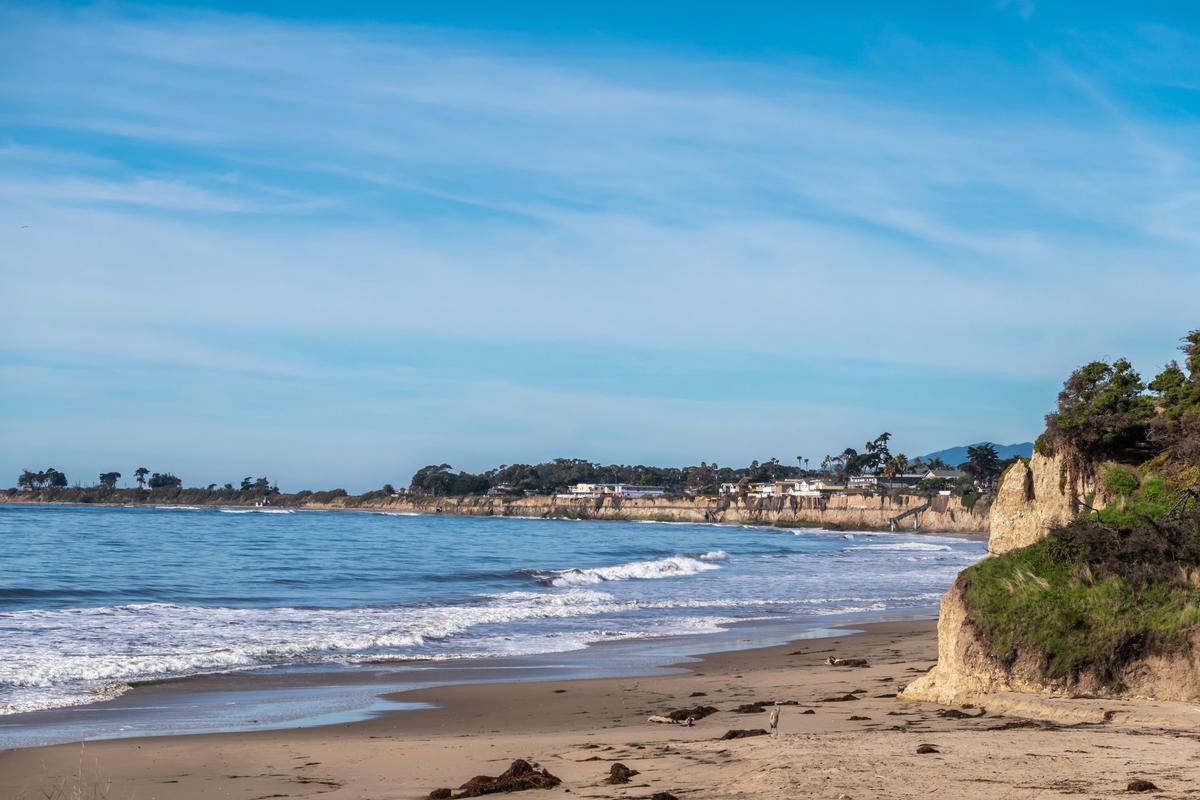
3. Goleta, CA
This is one of my favorite places to unwind near Santa Barbara because this coastal California beach town has that calm, breezy charm without the crowds.
My husband, son and I drove about 1 hour 45 minutes northwest from Los Angeles to "The Good Land" and stayed at the 4-star Leta Santa Barbara Goleta overnight.
I was pleasantly surprised to find seasonal festivities too, like the Goleta Holiday Parade, the Old Town Tree Lighting, and the lively California Harvest Celebrations. They are all set against a backdrop of ocean views and rolling foothills which I think makes Goleta one of the best places to visit in November.
Getting to Goleta is simple. If you’re coming from Santa Barbara, it’s about a 15-minute drive north on Highway 101, or you can take the Amtrak or Pacific Surfliner train to the Goleta station, which is a stress-free and scenic option. If you’re flying in, the Santa Barbara Airport is actually located in Goleta, making it one of the easiest coastal destinations to reach in Southern California. Once you’re here, having a car or bike makes getting around much easier. I recommend packing your most comfortable shoes and planning to get here earlier in the day so you can really take advantage of the outdoors.
If you make the trip to Goleta, I think you should absolutely spend time along the coast. Goleta Beach Park is a great place to start—it has a long pier, ocean views, and easy walking paths that are perfect for a relaxed stroll. Nearby, the Ellwood Mesa Coastal Trail offers stunning bluff-top views, eucalyptus groves, and seasonal wildflowers. It’s also a popular spot for spotting monarch butterflies in the winter.
Goleta has a growing food scene that’s worth exploring, especially if you enjoy casual, local spots. There are plenty of places to grab fresh seafood, tacos, or coffee, and you’re also close enough to Santa Barbara to expand your options if you want a more upscale meal. If you’re into wine, the nearby Santa Ynez Valley is an easy add-on for the afternoon.
One thing to keep in mind is that Goleta is spread out, and it’s more about nature and laid-back exploration than packed attractions. If you want a more structured experience, a guided coastal or nature tour can be a great option. We really enjoyed a half-day guided hike that focused on the local ecology and history—it was informative without feeling rushed and gave us a deeper appreciation for the area.
Alternatively, a full-day Santa Barbara–area tour that includes Goleta and the surrounding coastline is a great value if it’s your first time in the region. These tours usually cover beaches, viewpoints, and local neighborhoods, and they’re an easy way to see highlights without worrying about logistics.
- Average temperature: 50°F – 70°F (10°C – 21°C)
What I loved best:
My highlight was oceanfront dinner at The Ellwood at Goleta Beach...watching the sky go from orange to pink at sunset was unforgettable.
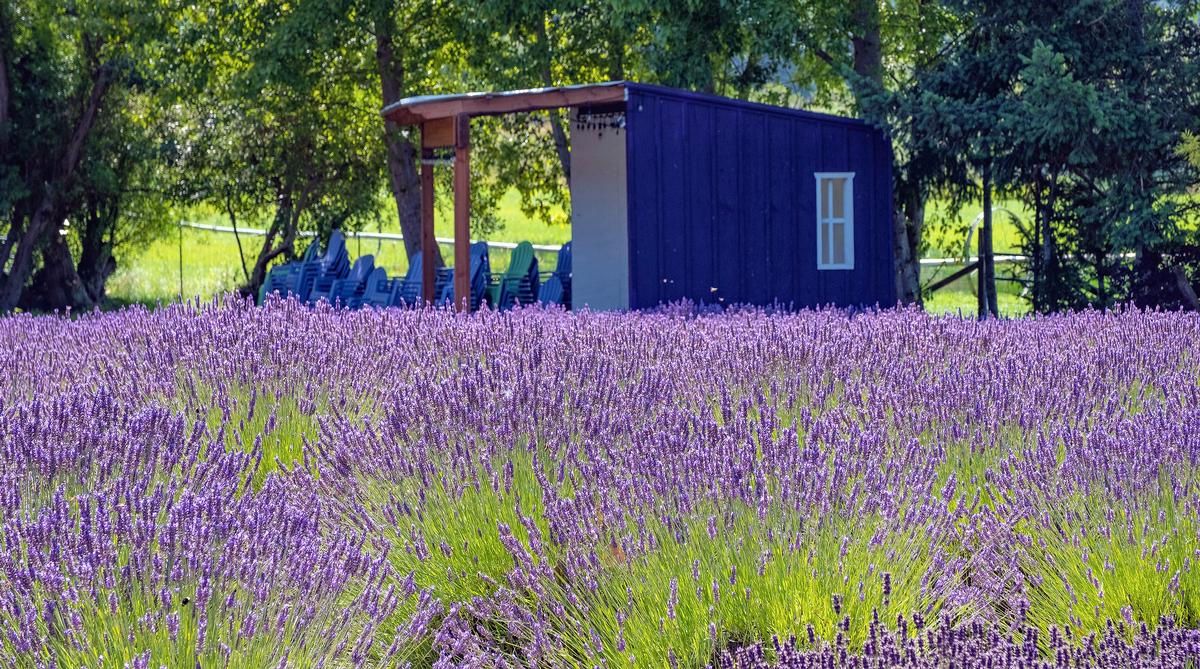
4. Sequim, WA
I thought this peaceful Pacific Northwest town was a stunning hidden gem when I visited in late November. The weather was crisp but mild, the lavender fields and bayfront trails were serene without the summer visitors in a way that completely won me over.
I drove just over two hours from Seattle and stayed for two relaxing nights at the 3-star Holiday Inn Express & Suites Sequim.
I was super happy that November turned out to be a surprisingly awesome time for a cozy getaway to Sequim, WA, a hidden gem on the Olympic Peninsula near Port Angeles and across the water from Seattle.
We arrived first with low clouds rolling over the mountains, and the moody fall vibes instantly felt like magic and a dream experience.
Our first stop was Dungeness Spit, and even though it was chilly, the quiet trails and dramatic skies made it one of the best and most peaceful walks we’ve ever done.
We bundled up, and loved how empty and underrated it felt compared to busier seasons.
After that we headed into town for coffee, which felt like the absolute best way to warm up and soak in the slow, cozy energy.
Later we explored local shops and galleries, and finding unique handmade items felt like discovering little hidden gems everywhere.
In the afternoon we drove a short distance to Olympic National Park, which is so close it almost feels unreal, and the rain made the forests look extra vibrant and alive.
Walking under towering mossy trees was a cool and almost mystical experience that felt very November and very Sequim.
That evening we went back for dinner and watched the fog roll in, which was simple but one of my favorite moments of the whole trip.
The next morning we woke up to misty views and quiet streets, and it felt romantic and perfect for a relaxed weekend getaway.
We took a slow drive along the coast, stopping whenever the views looked interesting, which honestly made the trip feel spontaneous and special.
What I loved best:
My highlight was tasting lavender-infused cider and truffles at a boutique farm shop.
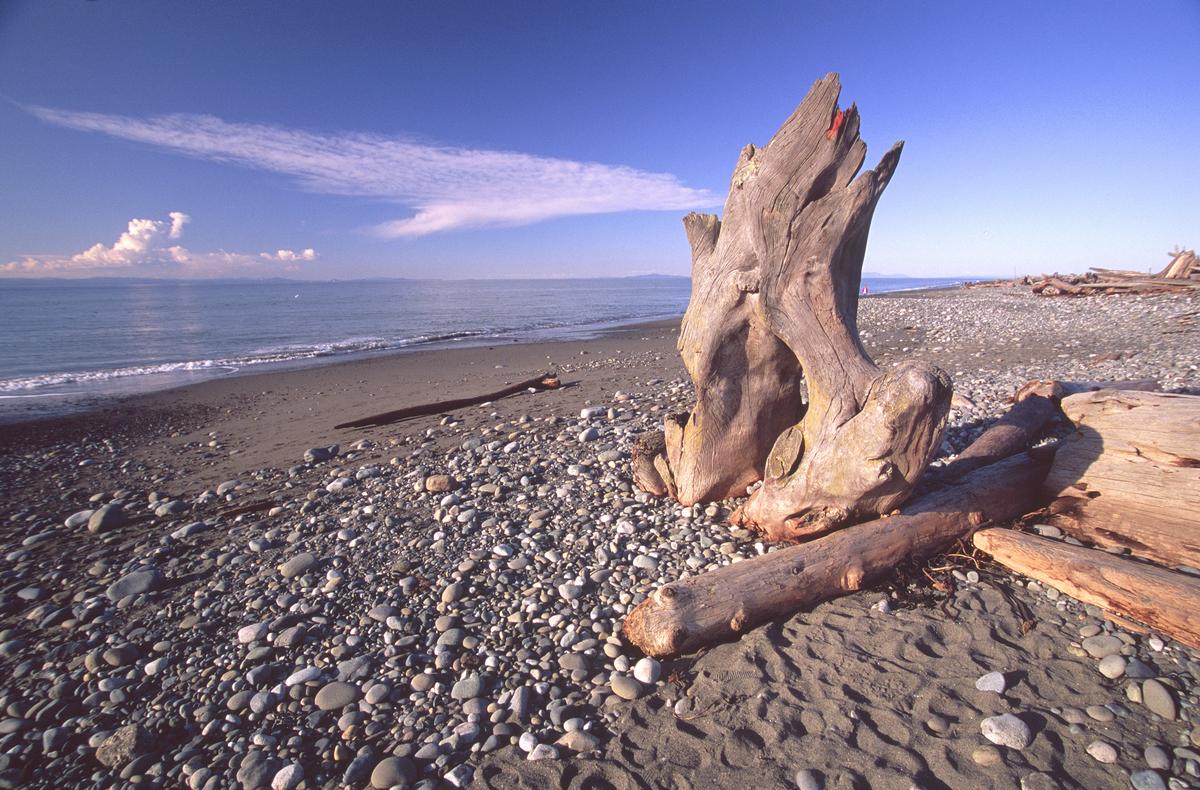
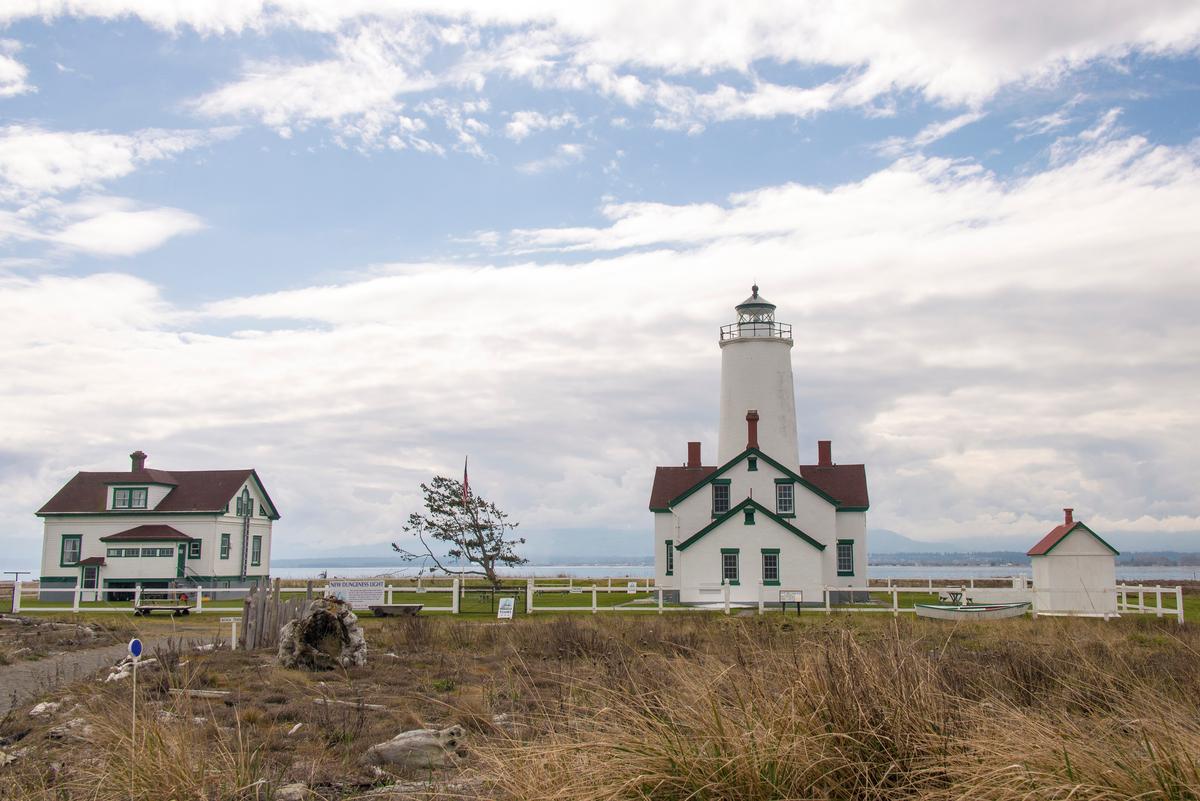
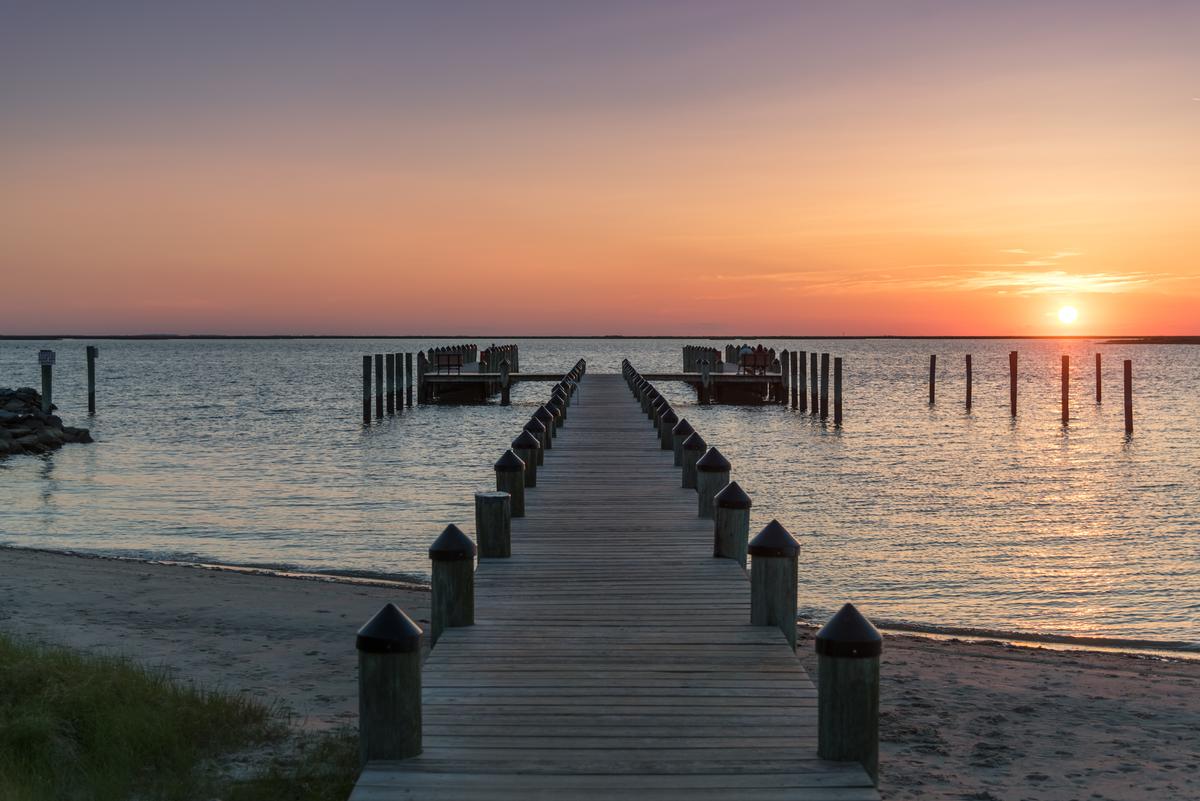
5. Crisfield, MD
This is one of my favorite little towns on the bay because it invites you to slow down the moment you arrive.
We found the weather pleasantly cool this month with a gentle coastal breeze, ideal for walking along the waterfront, spotting blue crabs being unloaded at the docks, and enjoying views of Tangier Sound.
We flew from Austin into Baltimore (about 3 hours nonstop) and then drove 3 hours southeast to Crisfield, a small fishing town of just 2,500 people on the Chesapeake Bay.
By autumn, the summer crowds had mostly faded, giving the whole place a quiet, authentic Eastern Shore feel.
Highlights included taking a ferry out to Smith Island for a taste of its famous layer cake, birdwatching at Janes Island State Park, and visiting the small but fascinating J. Millard Tawes Museum, which showcases the area’s maritime history.
Rates at the 2-star Somers Cove Motel were very reasonable in November so we decided to stay and extra night!
- Location: Crisfield, Maryland (Chesapeake Bay, Eastern Shore)
- Average temperature: 40°F – 58°F (4°C – 14°C)
- Map
What I loved best:
Prices were refreshingly reasonable during our seven day stay in an affordable vacation rental, and the town’s reputation as the “Crab Capital of the World” lived up to the hype with its casual seafood shacks and crab feasts.

6. Brunswick, ME
This town turned out to be one of my favorite discoveries on the Georgia coast, located just before you reach the Golden Isles of St. Simons and Jekyll Island.
We flew from Austin into Jacksonville (about 2.5 hours nonstop, $250), then drove an hour north this historic port town of about 16,000.
Laid out in 1771, Brunswick’s Old Town district still follows the original colonial grid, with moss-draped oaks shading Victorian homes.
It was just before the start of the chillier winter months, and I was able to find great deals on hotels and flights which, for me, makes Brunswick one of the best places to visit in November. We spent the night at the Oaks on the River in nearby Darien, just 15 minutes up the coast.
What I loved best:
I found the weather pleasantly mild with sunny afternoons (my favorite highlight!), cool evenings, and far fewer crowds than the busy summer season.
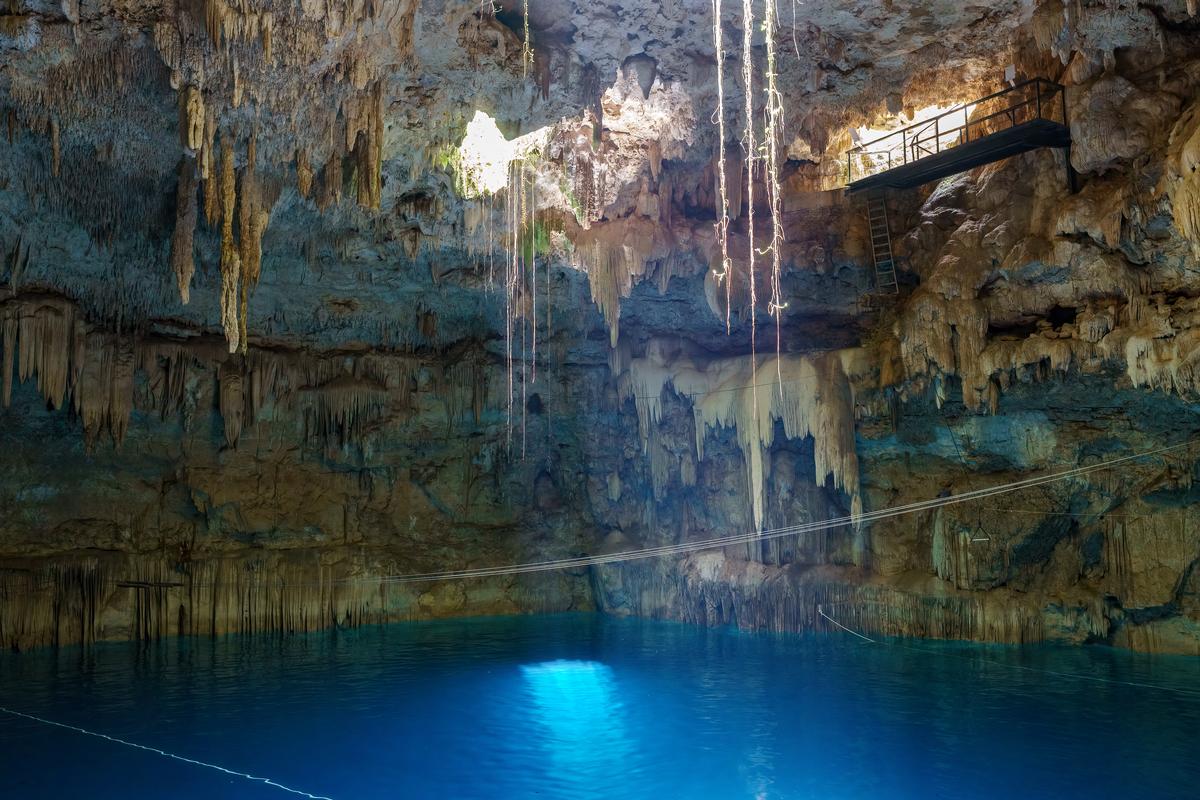
7. Hacienda Chukum
What I love most about this place is how raw and untouched the cenote feels, even with the gentle enhancements around it.
I discovered that this time of year was perfect, the days were bright and pleasantly warm, but without the peak-season crowds. That made it ideal for enjoying the cenote at my own pace.
From Austin, we flew about 2.5 hours into Cancún and drove 2 hours west to Valladolid, a colonial city of about 56,000 people. Just outside town sits Hacienda Chukum, where a restored hacienda hides a stunning limestone cenote.
It was also more budget-friendly compared to the high season, and the humidity was much lower, which made exploring the lush tropical surroundings far more comfortable.
- Location: Hacienda Chukum, Valladolid, Yucatán, Mexico
- Average temperature: 68°F – 86°F (20°C – 30°C)
I also explored colonial Valladolid, wandered through atmospheric cobblestone streets, and made day trips to see the ancient wonders of Chichén Itzá and Ek’ Balam. The sunsets over the cenote were simply unforgettable (of course!)—one of those rare, magical travel moments you can’t capture fully in photos.
What I loved best:
The weather felt stable and welcoming, my favorite highlight.
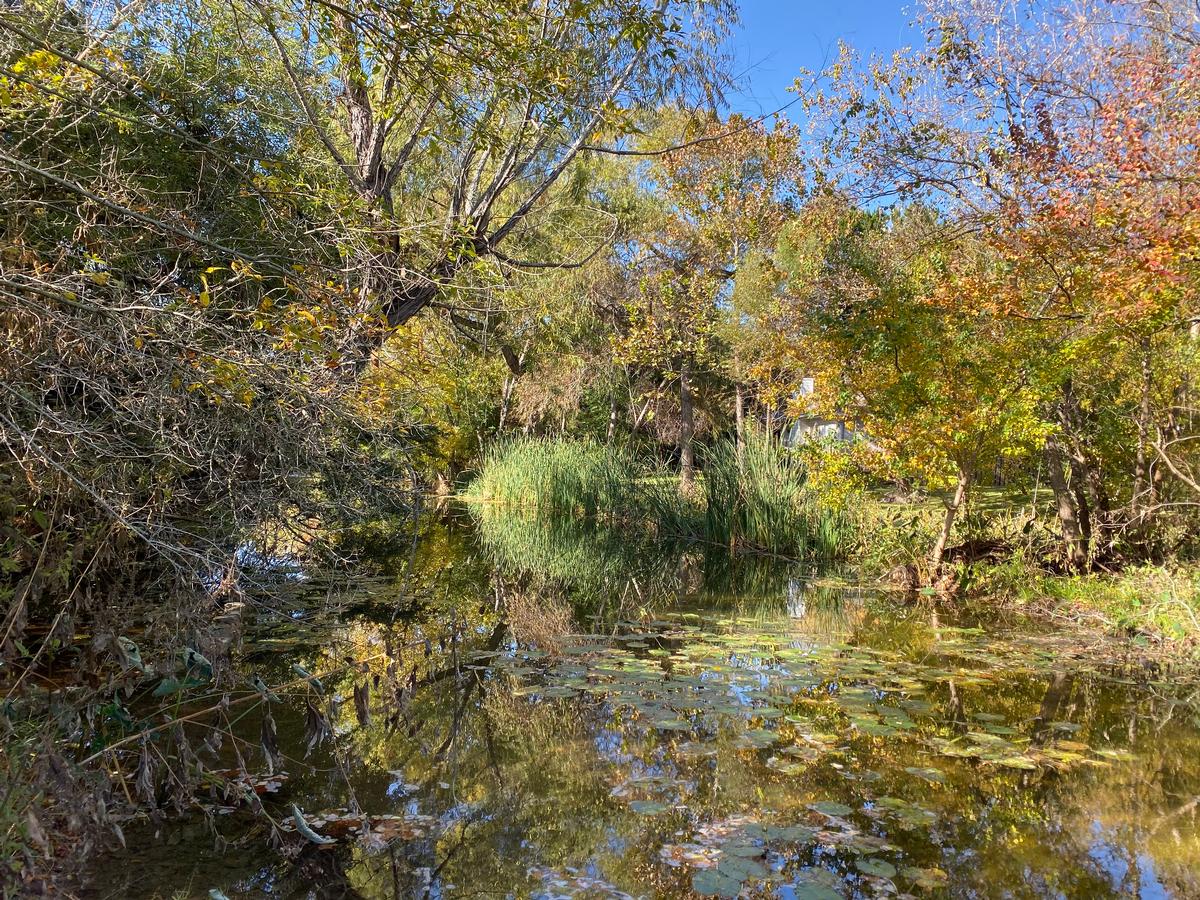
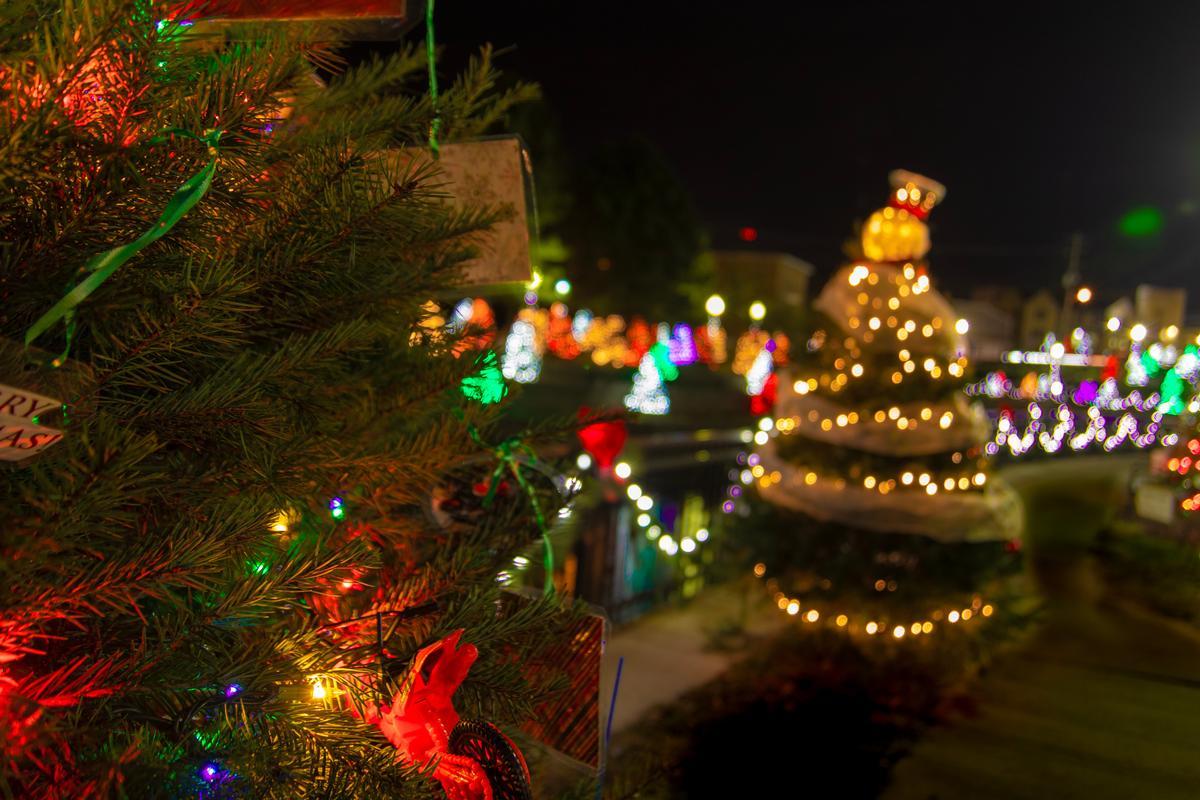
8. Adrian, MI
This is one of my favorite small-town getaways in southeast Michigan this month, just under an hour from Ann Arbor, and an hour and 20 minutes from Detroit.
For me, Adrian is an especially lovely November day-trip destination—calm, reflective, and perfect for slowing down together as the season changes.
We started at Hidden Lake Gardens, where the crowds were gone and the landscape felt hushed and intimate. Bare branches framed the paths, fallen leaves softened our steps, and the cool air made everything feel crisp and alive. It was the kind of place that invited quiet conversation and long pauses.
My favorite part was walking the winding trails hand in hand, the lake reflecting the gray sky, the last hints of autumn color lingering just enough to remind us of summer without clinging to it.
Downtown Adrian felt cozy in that early-winter way, with historic buildings, warm storefront windows, and cafés that seemed designed for lingering. November gave the town a slower pace, like it was exhaling before winter.
We shared a comforting meal at a local restaurant—warm, filling, and exactly what you want on a chilly day. It felt grounding, like settling in rather than fueling up.
I loved browsing the downtown shops, especially the antique and book stores, where time seemed to stretch. Everything felt a little more meaningful in November, less about buying and more about discovering.
A quiet highlight was walking past the Croswell Opera House, imagining the stories held inside, and appreciating how much culture and history lives in a town that doesn’t shout about it.
- Average temperature: 32°F – 47°F (0°C – 8°C)
What I loved best:
Burger at Alpha Koney Island was my personal highlight.
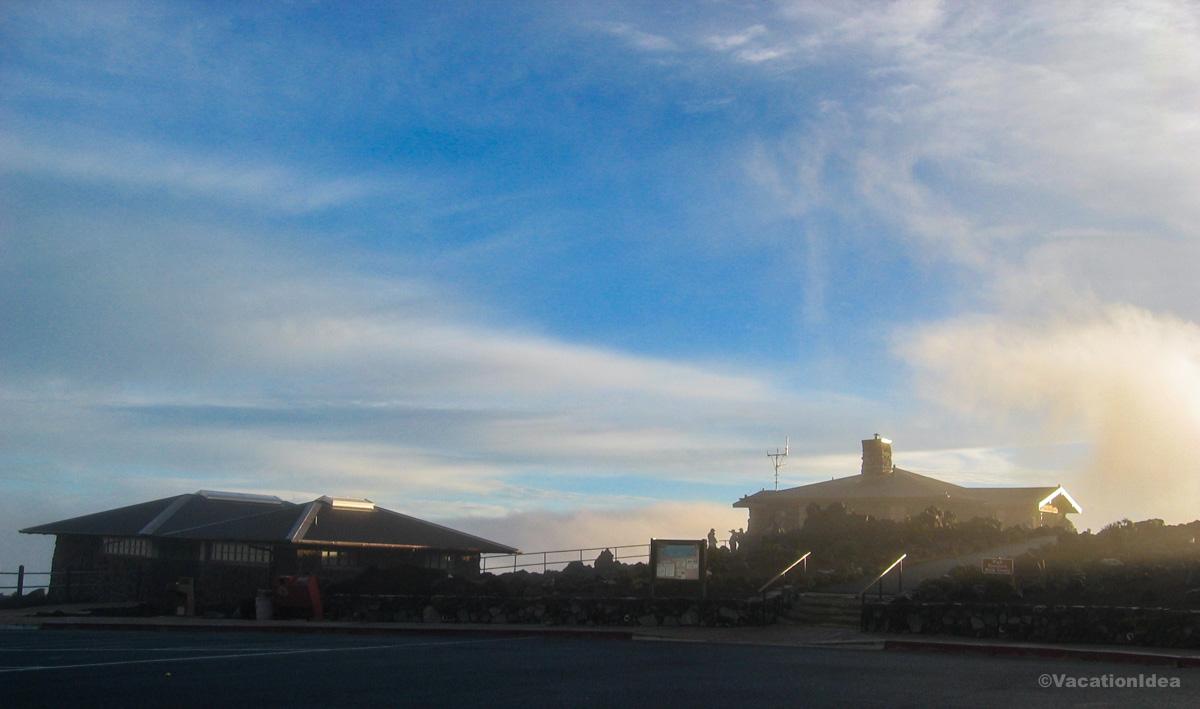
9. Haleakala National Park, Maui
Visiting this wild place on the tropical island of Maui during this month turned out to be an unforgettable experience! The crisp, cooler air at the summit made exploring the volcanic landscape much more comfortable, and with fewer crowds, I was able to take in the vast crater views and unique trails in peace.
From our home on the Big Island of Hawaii, we flew into Kahului Airport (OGG) on Maui and drove about 1.5 hours up winding mountain roads to the summit entrance, spending several days immersed in the park’s different ecosystems.
- Location: Haleakala National Park, Maui, Hawaii
- Average temperature at the summit: 40°F – 70°F (4°C – 21°C)
- Map
What I loved best:
The sunrise above the cloud line was absolutely magical. The soft, low-angle light painted the sky in shades of pink, gold, and violet, casting an otherworldly glow across the crater and cinder cones. I recommend getting well dressed in sweaters but once the sun rises, leave some layers in the car before hitting the trails!
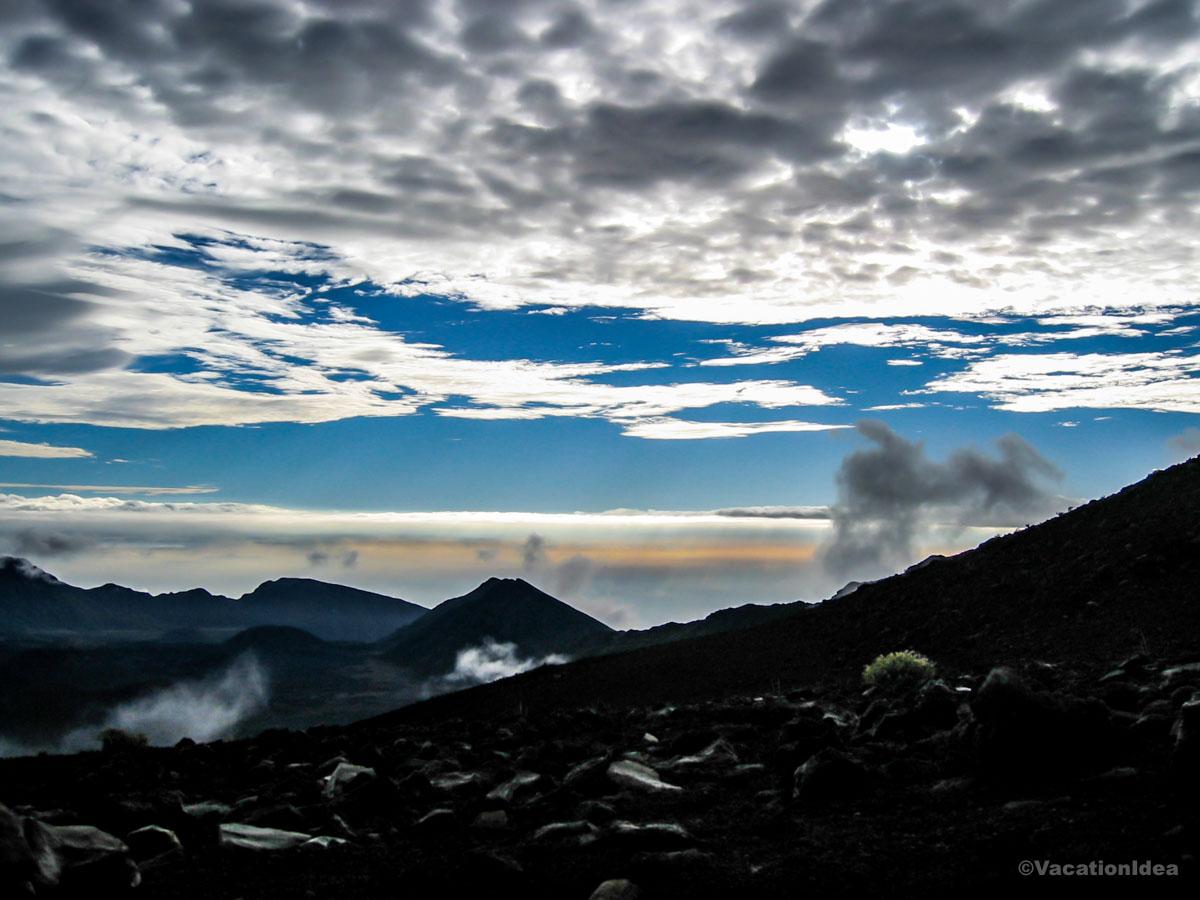
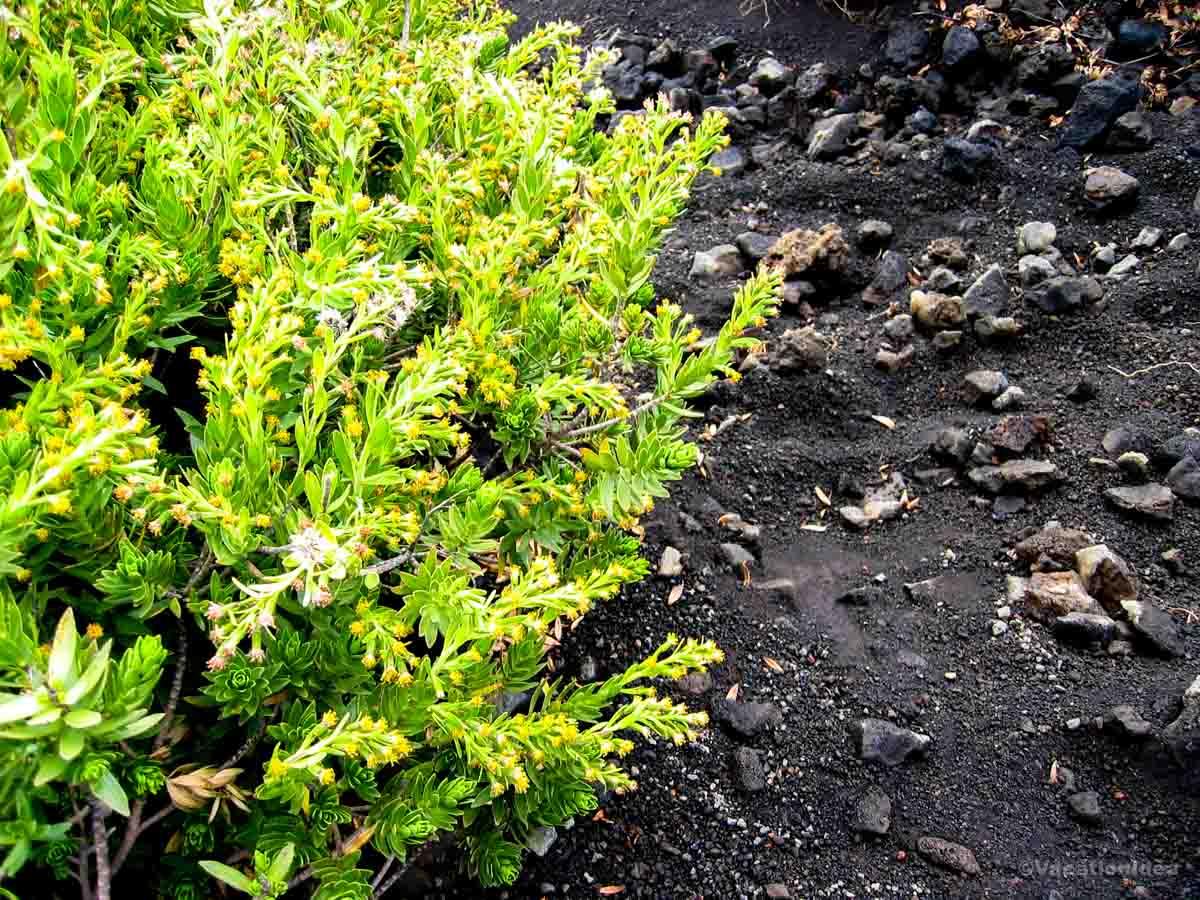
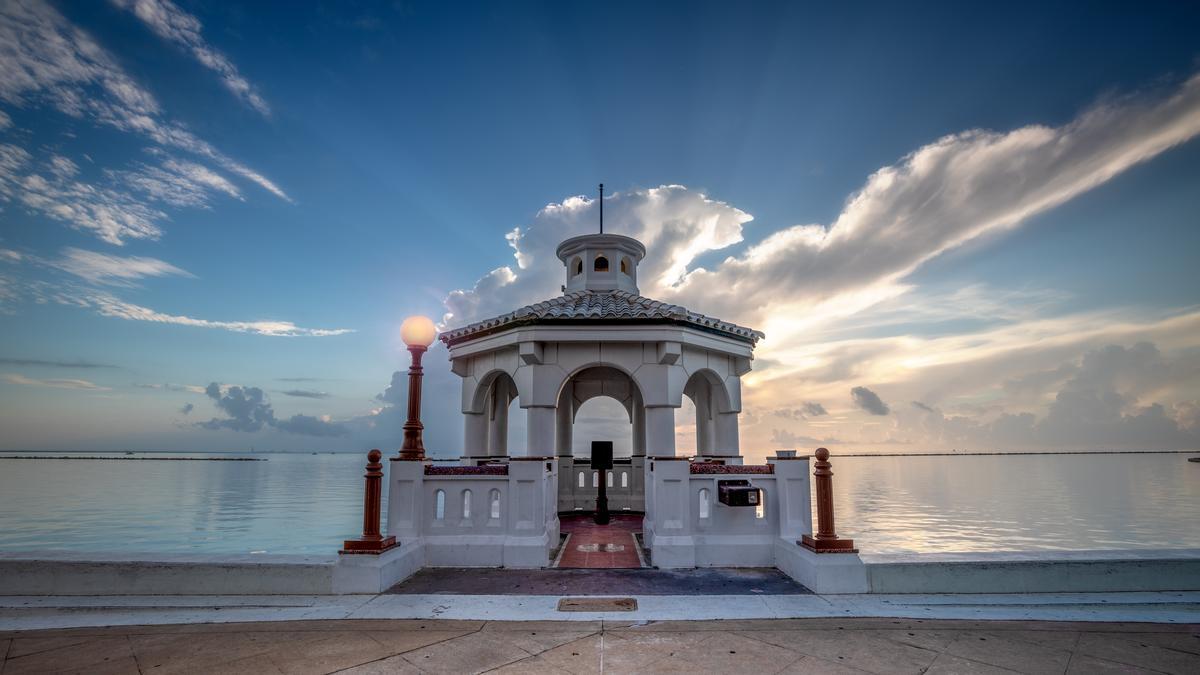
10. Corpus Christi
This is one of my favorite places to spend time on the Gulf! By November, the hot Texas summer had faded, the air was comfortably cool but still sunny, and the coastal winds carried a freshness that made walking along the bayfront and beaches feel relaxing without the crowds of peak season.
We drove about 3.5 hours southeast from our house in Austin to Corpus Christi, a Gulf Coast city of around 320,000 people. Known for its naval and Spanish colonial history, the city blends beach life with culture. We started at Padre Island National Seashore, which is honestly one of the best spots I’ve ever been. It stretches for miles, and walking along the soft sand with the ocean breeze felt absolutely magical.
We spent the night at Residence Inn by Marriott Corpus Christi Downtown.
- Location: Corpus Christi, Texas (Gulf Coast)
- Average temperature: 55°F – 74°F (13°C – 23°C)
- Map
What I loved best:
I loved exploring the Texas State Aquarium with my son, the USS Lexington, and the South Texas Botanical Gardens.
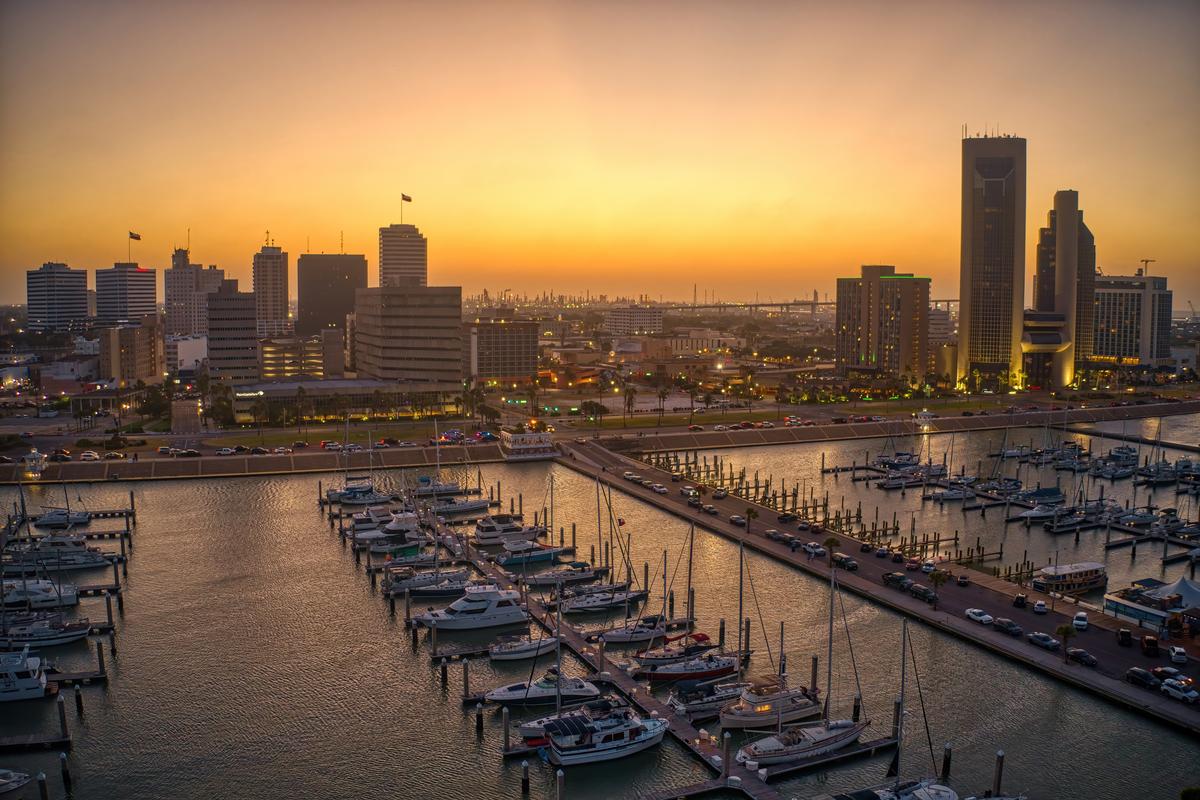
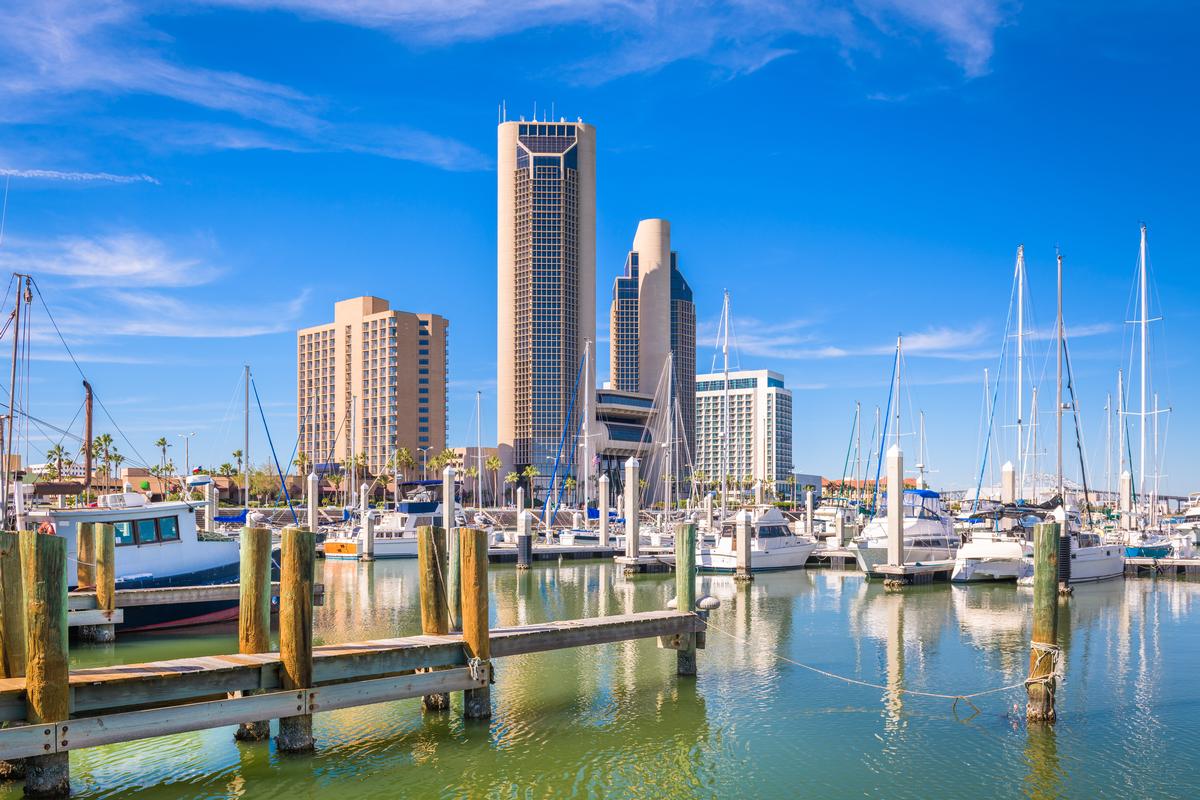
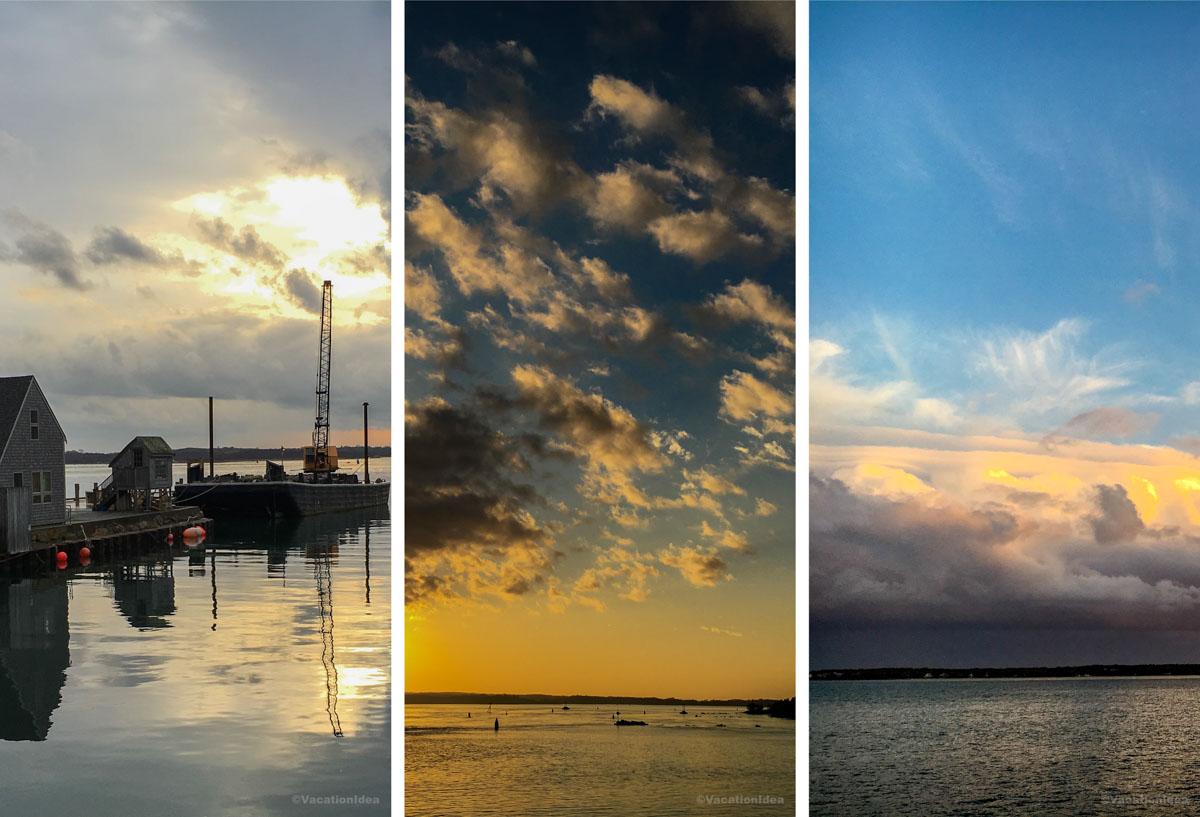
11. Martha’s Vineyard
Visiting the island in November was the perfect decision! The island had a relaxed, shoulder-season charm and everything was at least twice as affordable as in the summer.
The soft golden sunlight at this time of year lit up the shingled cottages, lighthouses, and colorful harbors with a painterly glow, while the crisp ocean air kept everything feeling fresh and calm.
We flew into Boston Logan International Airport (BOS), took a scenic drive down to Woods Hole, and then caught the ferry over to Martha’s Vineyard, where we stayed for several restful days.
I walked around Oak Bluffs, biked along the beach-side paths near Edgartown, enjoyed the panoramic views from Gay Head Cliffs in Aquinnah, sampled fresh seafood by the harbor, and strolled on quiet beaches where the Atlantic waves rolled in steadily.
- Location: Martha’s Vineyard, Massachusetts (island off Cape Cod)
- Average temperature: 38°F – 54°F (3°C – 12°C)
- Map
What I loved best:
For me, Martha’s Vineyard is one of the best places to visit in November because it's scenic and unique!
Evenings were my personal highlight - perfect for watching the sunset paint the sky over Vineyard Sound. I took over a hundred photos so I'm including many here. I have to say that the wind gets a bit rough in November kicking up sand on the beaches. I had to shield my camera from it.
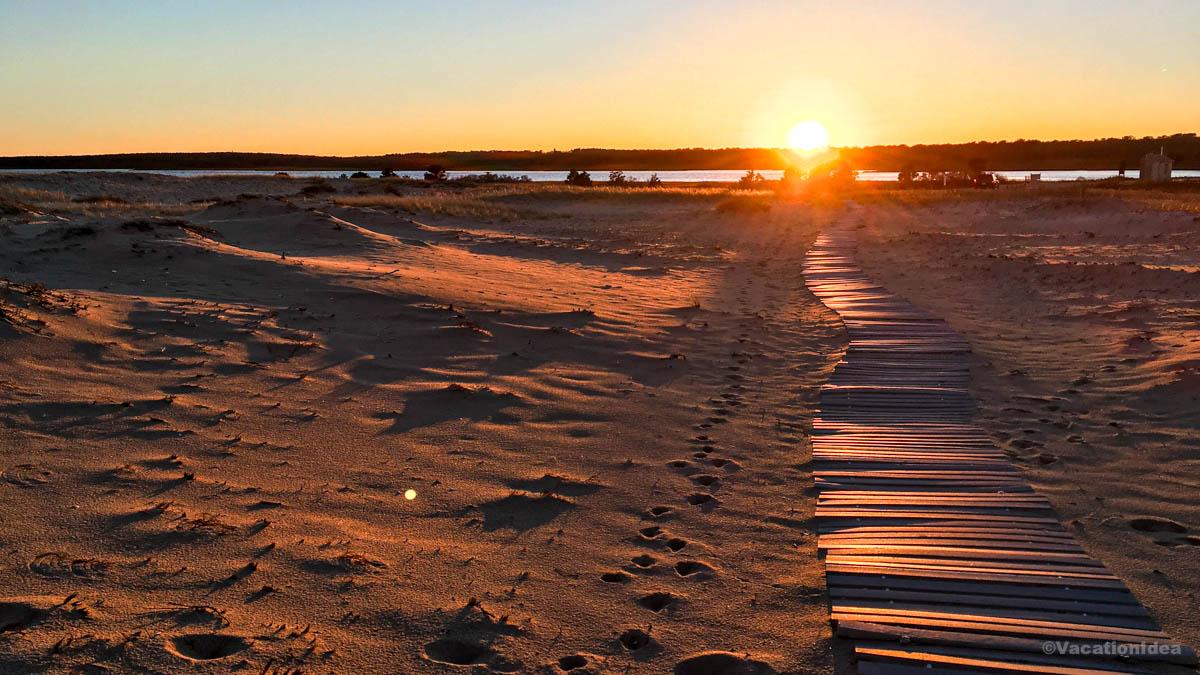
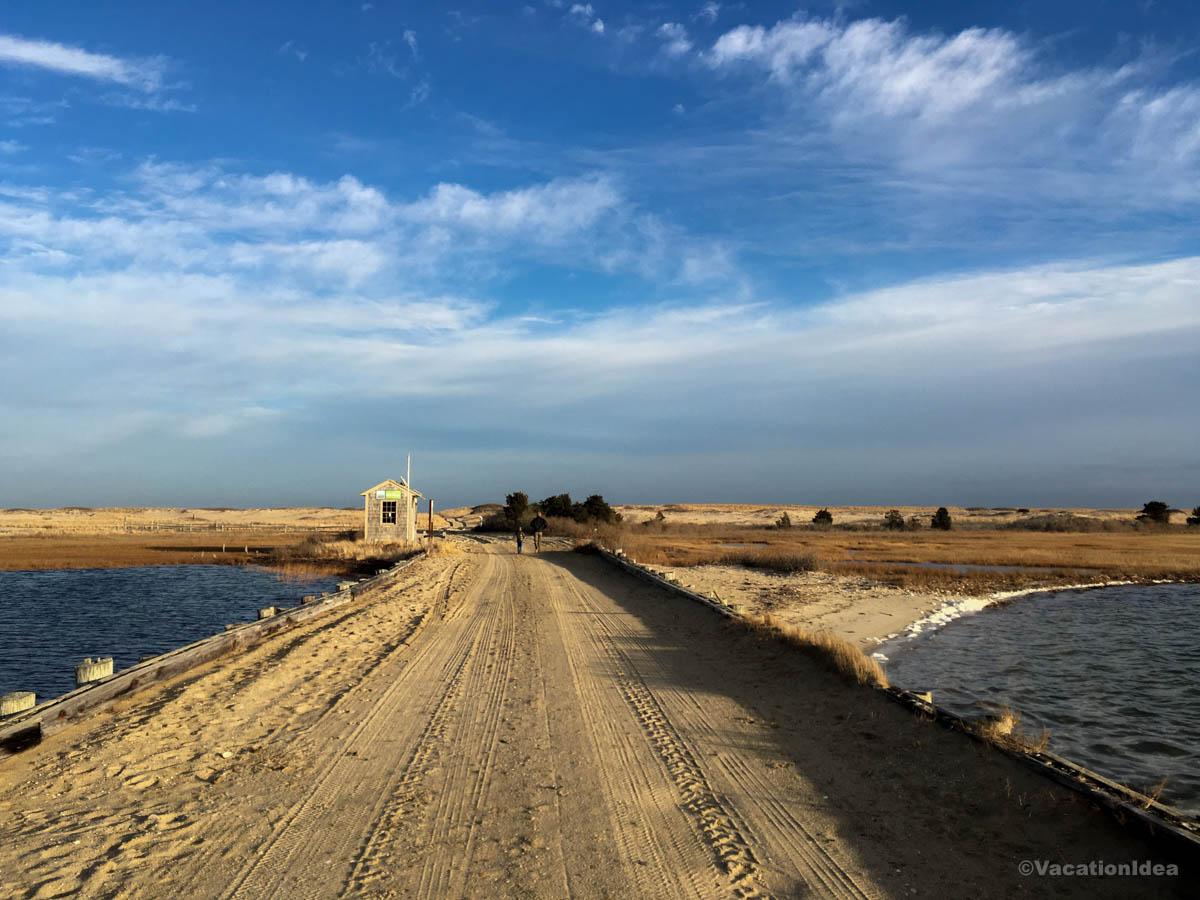

12. Calgary, Alberta, Canada
Ready for a history-rich, Western-inspired escape? Calgary is a standout! I loved learning about the city’s roots at Heritage Park, walking through historic neighborhoods, and exploring the markets.
A scenic 25-minute drive west along the Trans-Canada Highway brings you to rolling foothills that hint at the grandeur of Banff National Park. But within Calgary itself, I spent an easy afternoon exploring Stephen Avenue Walk with its heritage sandstone façades, lively patios, and street performers.
Later, I wandered along the East Village Riverwalk, pausing at cafés that overlook the Bow River before heading to Clay Oven Calgary, an inviting local favorite where the aromas of fresh naan and slow-simmered curries fill the air. Their butter chicken was perfectly balanced — rich, fragrant, and comforting — the kind of meal that makes you linger a little longer. I capped the evening with a nightcap at Hotel Le Germain, my beautifully designed stay steps from the Calgary Tower, where warm lighting and sleek décor reflected the city’s understated elegance.
- Location: In southern Alberta where the Bow and Elbow Rivers meet, east of the Rocky Mountains and north of Lethbridge
- Location Map
This city is a paradise for foodies with restaurants like River Café, Ten Foot Henry, JOEY Eau Claire, Minas Brazilian Steakhouse and Native Tongues Taqueria.

13. Casati Budapest Hotel
Tucked away just far enough from Budapest’s bustling main streets to feel peaceful (yet close enough to wander effortlessly into the city’s energy!) this place felt like one of those rare urban honeymoon hideaways that instantly made me grateful we found it.
When I first stepped inside this adults-only boutique hotel in the historic Terézváros district, I immediately sensed that this was one of the most stylish, intimate places to stay in the Hungarian capital.
From Budapest Airport, it was a quick 40 minute drive into the heart of the city, where Casati sits inside a beautifully restored 18th-century townhouse. With only 25 rooms, the hotel manages to feel exclusive while still warmly welcoming—almost like being let in on a local secret.
What struck me most was the atmosphere: a blend of contemporary art, old-world elegance, and a serene, almost gallery-like calm. Each floor has its own artistic theme—Classic, Cool, Natural, and Heaven—giving every room its own personality.
Our romantic room for five easy days was bright, airy, and effortlessly chic, with unique design touches too.
One of my favorite parts was the central courtyard. Surrounded by sleek architecture and glowing lanterns at night, it became our little sanctuary after busy days exploring the city. Whether we were sipping a glass of Tokaji wine, unwinding in the sauna, or planning our next adventure in the lounge, everything felt calm and curated.
- Map & Directions
- Check prices at adults-only Casati Budapest Hotel
What I loved best:
I think that this place is a fantastic idea for a city honeymoon in historic Europe!
My personal highlight was how mornings began with a delicious slow breakfast which gave us all the fuel we needed to enjoy the city!
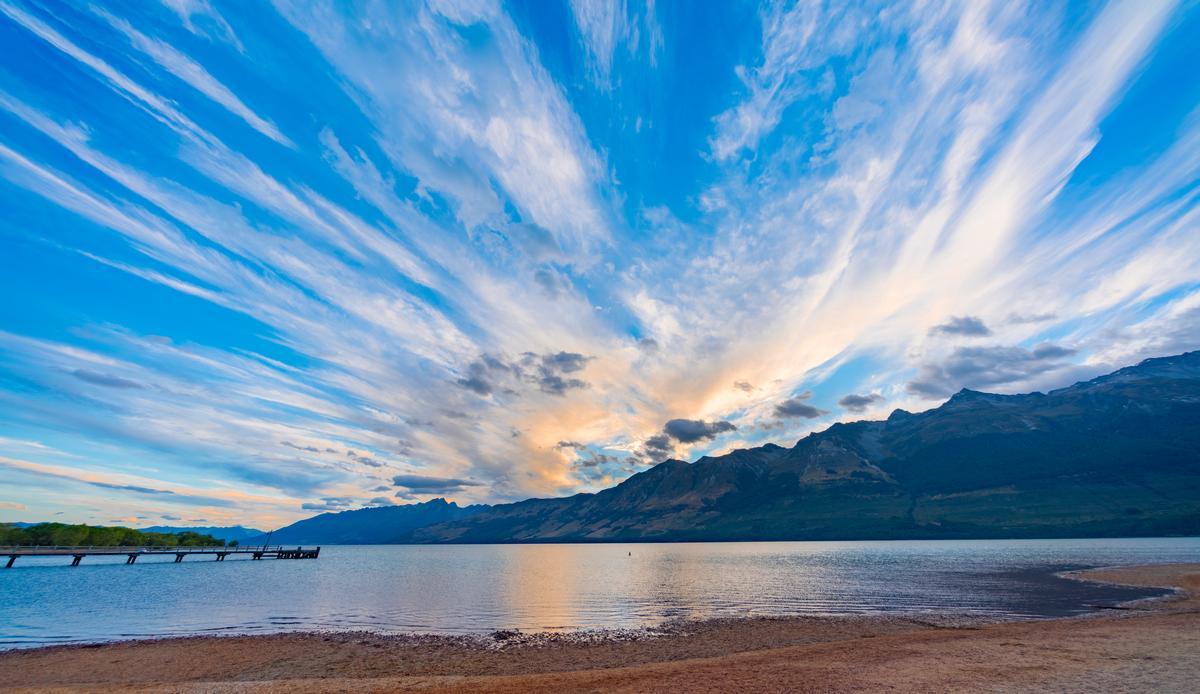
Booking Checklist
1. Book Your Flight - I use Expedia because I like their mobile app with my itinerary. They've helped me re-book flights on many occasions. Once you reach their Gold tier, support is especially good.
2. Book Your Hotel - I use Booking.com or Expedia, depending on my destination.
3. Book Your Rental Car - I use Expedia.
4. Book your tours on Viator or Get Your Guide.
5. If you are planning to visit more than three national parks in the next 12 months, buy the America the Beautiful Pass.
